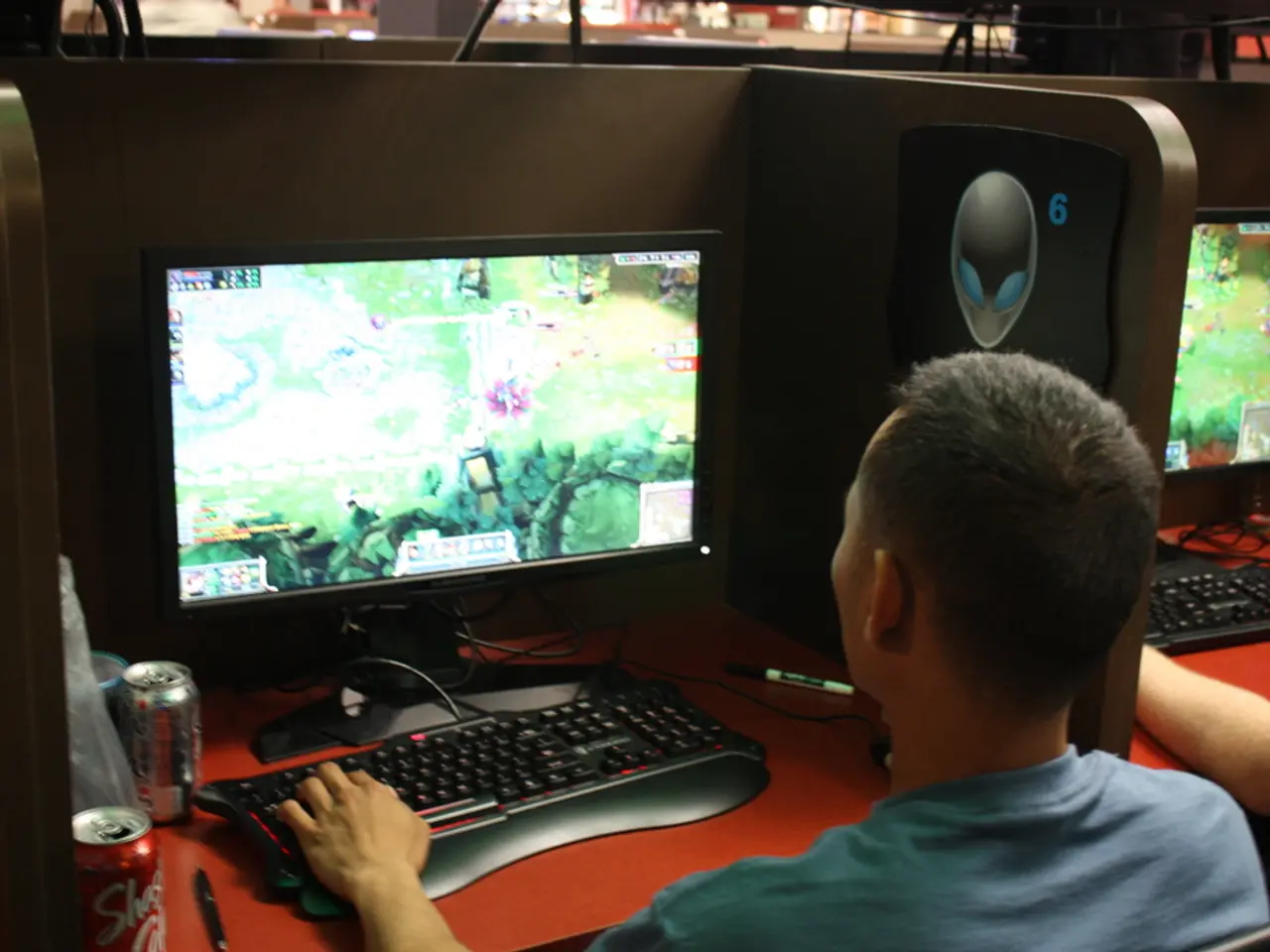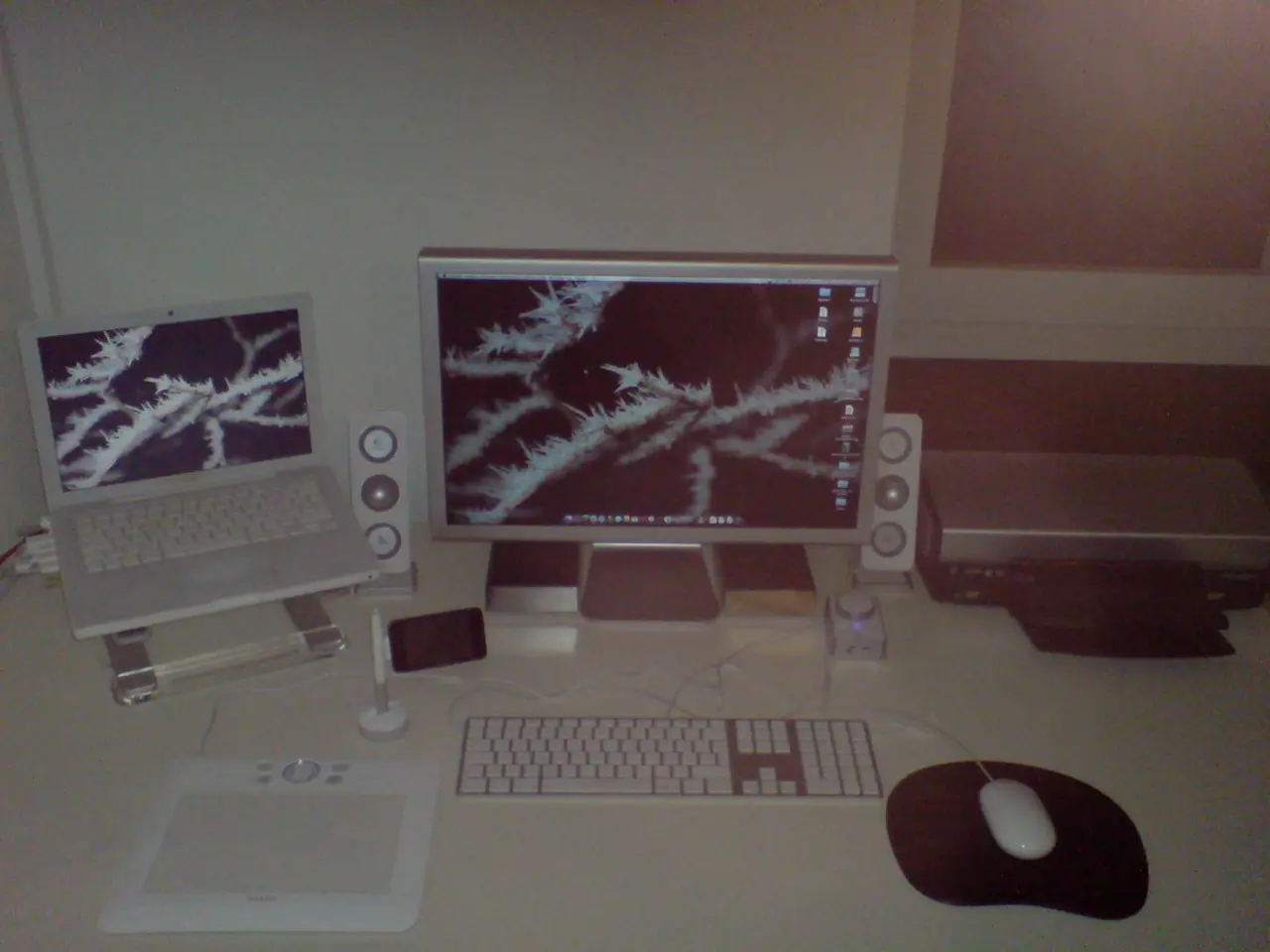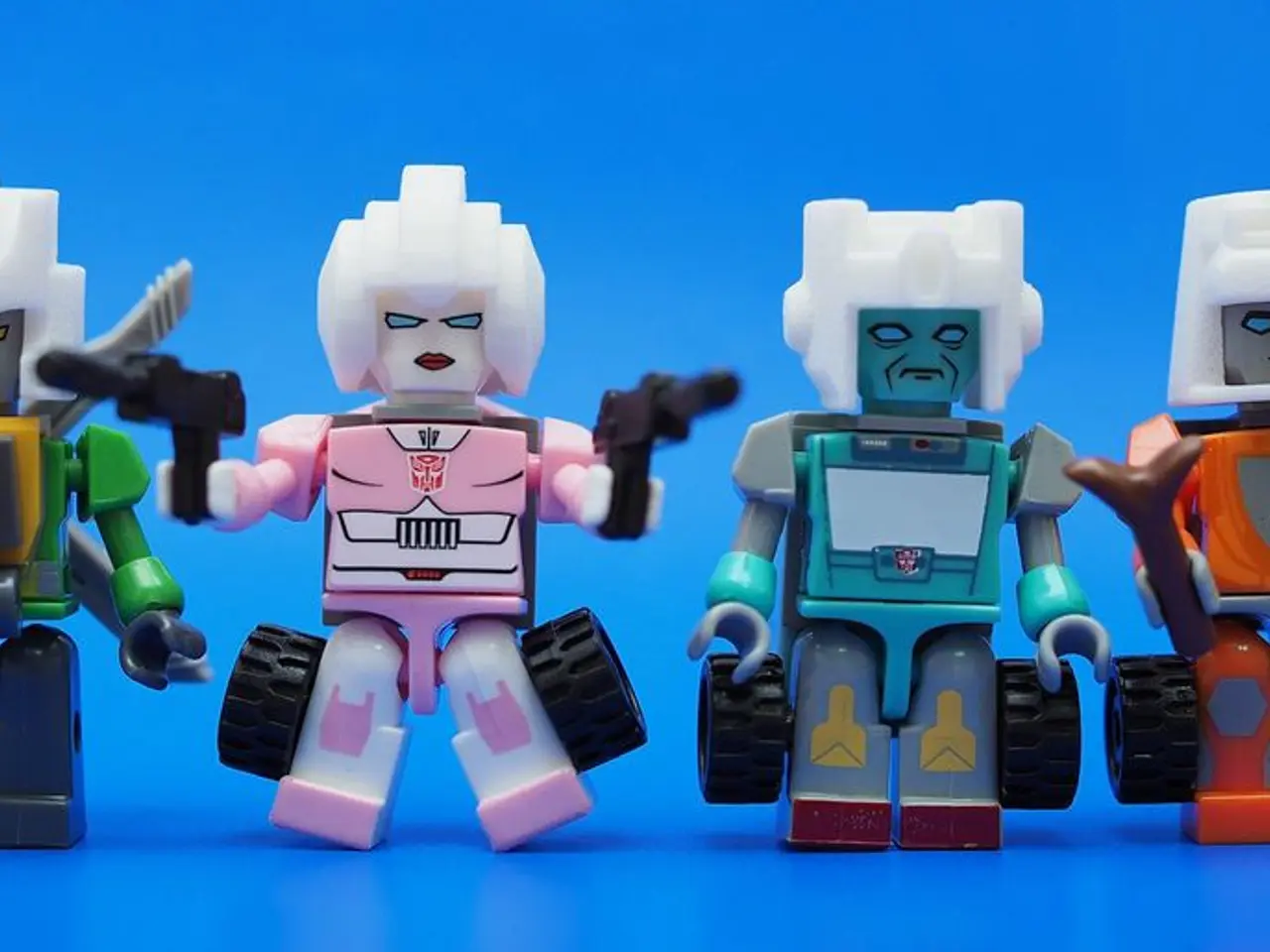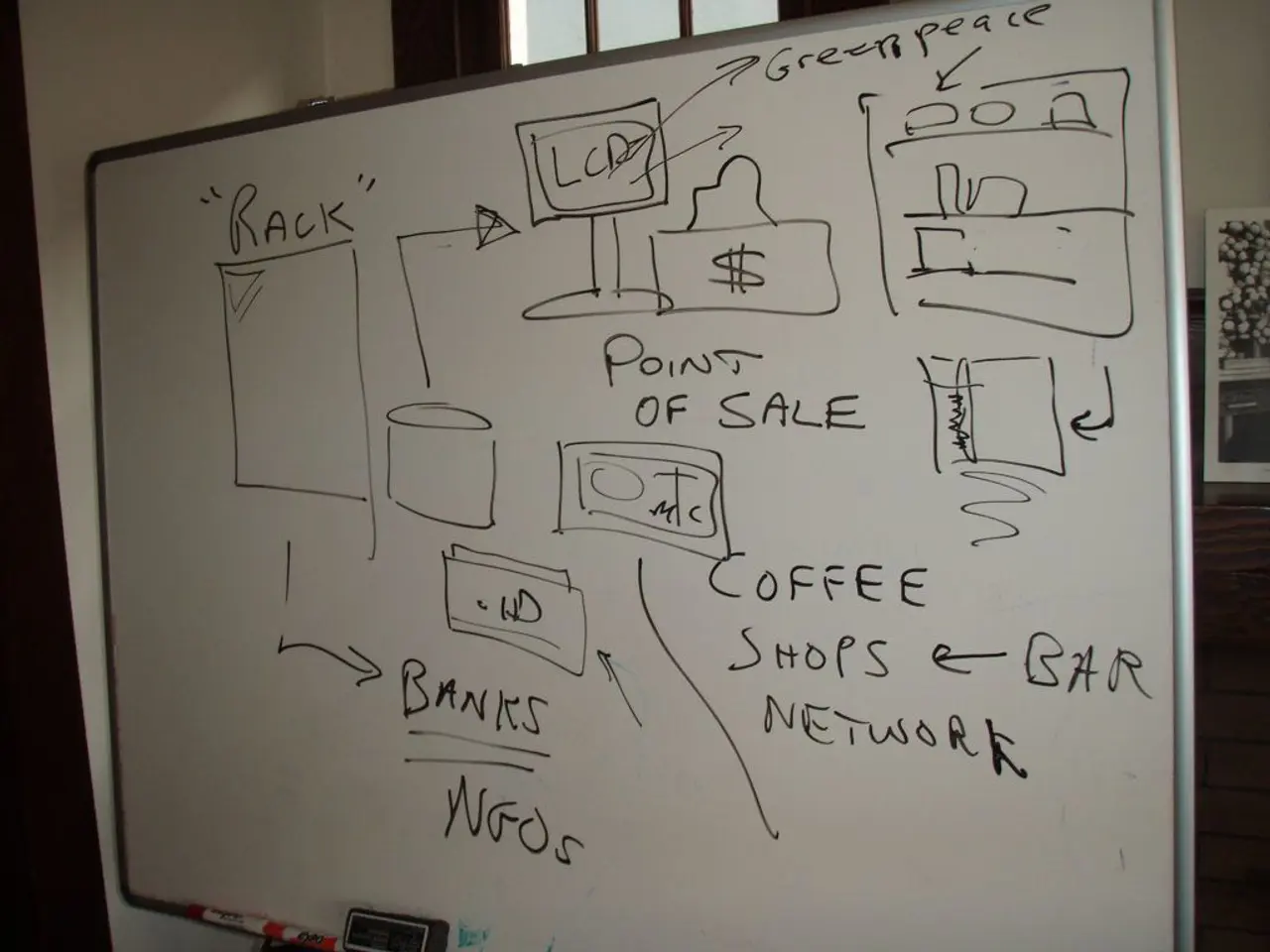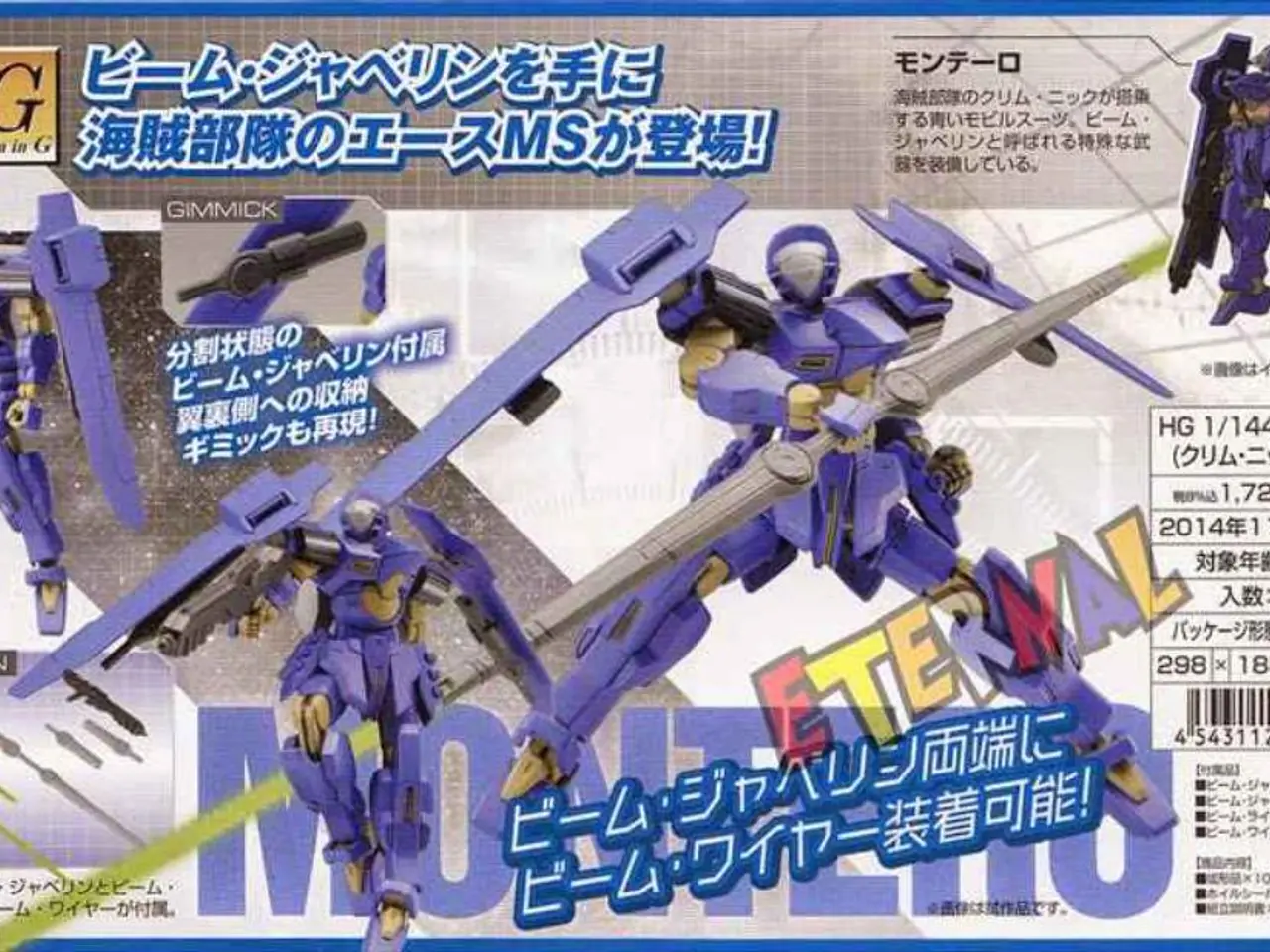Gearbox CEO, Randy Pitchford, sets $80 price tag for "true fans," disregarding a potential extended financial implication
Randy Pitchford, the man behind Gearbox Software, didn't sugarcoat things. When a question popped up about the purported $80 price tag for Borderlands 4, he flat out said, "If you're a true fan, you'll make it work."
He even drew a parallel with splashing out $80 on an Sega Genesis cartridge back in 1991, while working minimum wage at an ice cream parlor.
And boy, did the internet blow up!
Gamers, developers, journalists - they all came out swinging, pointing to the same issue: it's beyond the cost; it's the bloody mindset. Pitchford's "true fan" comment struck a nerve, feeling more like a guilt trip in the guise of nostalgia.
In a year where AAA games are launching half-baked, GPUs cost more than your rent, and "early access" is barely a euphemism for "paid beta," telling players to "make it work" seems less like passion and more like pressure. Yet, annoyingly, he wasn't completely off base. Here's his original comment:
A) Not my call. B) If you're a true fan, you'll find a way to make it happen. My local game store had Starflight for Sega Genesis for $80 in 1991 when I was just out of high school working minimum wage at an ice cream parlor in Pismo Beach and I found a way to make it happen.May 14, 2025
He later apologized:
I am sorry there was a misunderstanding. The absolute sincere truth is that I don't want anyone to pay any more than they should or are comfortable with and I always work with the intent and hope that a customer always feels they got the better end of the deal no matter what they...May 28, 2025
Skyrocketing Production Costs, but Is that on the Players?
It's no secret that blockbuster games are becoming eye-wateringly expensive to produce. Take Grand Theft Auto VI, for example, which Rockstar is reportedly shelling out over a billion dollars in development costs (if the rumors are true, it would make it the priciest video game ever made).
Elsewhere, Star Citizen has raked in over $800 million via crowdfunding and is still technically in alpha after over a decade of development.
So, it seems inevitable that prices will continue to climb. The $60 standard managed to last nearly two decades, but it looks like we're movin' to $70 or $80 (and increasingly, we are). But players deserve more than just "scope." They deserve finished products, stable performance, accessible gameplay, and better than broken launches or hidden monetization tricks.
What Your Hard-Earned $70-$80 Buys These Days
Let's call a spade a spade. $70-$80 doesn't guarantee a polished experience these days. It's an entrance ticket to a staggered content rollout.
Redfall launched for $70, but with frame rate caps and AI that was so bad, it became a meme. Suicide Squad: Kill the Justice League also debuted at $70, alongside tepid reviews and a delay in its promised seasonal content. Call of Duty: Modern Warfare III was criticized for feeling more like an expansion pack at a full premium price.
More often than not, you're also paying for the privilege of not getting the full game. DLC plans are announced before the base game even hits shelves. Battle passes are layered on top. Day-one patches are expected, not the exception.
The Hardware Ceiling Shift
And that's not all. Eighty dollars is just the beginning. More and more, you can't even play the game correctly unless you've dropped another $500-$1,000 on hardware, as minimum system requirements inch ever closer to high-end specs.
Recent and upcoming titles like Starfield, Alan Wake II, and Cyberpunk 2077's Phantom Liberty DLC recommend an RTX 3070 or better for stable 1080p performance. Some Unreal Engine 5 games, like IO Interactive's upcoming Project Fantasy, may require an RTX 4070 just to play comfortably.
That's no longer "minimum viable hardware." It's heavy-duty equipment. And it's not just PC gamers feeling the pinch.
Laptop users are getting sidelined, too. New performance leaks from Nvidia suggest they're testing 120W APUs designed to match RTX 4070 performance in portable rigs, but these won't be cheap, and they aren't available yet. Until then, running new releases at acceptable frame rates on anything under $1,500 is a gamble.
This is leaving players behind - the ones who don't play games on a daily basis or haven't upgraded their gear in years. Take it from our reader Charles:
"Now, years later, I'm reading the minimum system specs for the game [and it needs] a 4060 at least."
Charles contacted us following our recent article on Star Citizen, adding that he could've joined in years ago when it was "cheaper to enter," but he's thankful he didn't because it would've cost him thousands more in upgrades to keep up with the lag-free pace. Charles won't be alone in that, for sure.
The Wrong Message, the Wrong Tone, the Worst Possible Timing
If the $80 game becomes the standard - and all signs point to that happening - publishers need to recognize the implications. Not everyone can afford this. And that's not their fault.
Pitchford might have been trying to be nostalgic. He may even believe that "true fans" back what they love. But he overlooked the financial reality of gaming in 2025: higher living costs, stagnant wages, and technology evolving faster than consumers can keep up.
Pitchford's "true fans" comment ignored the fact that fandom isn't tied to income. People can adore a franchise but still struggle to afford the hardware upgrade, the premium edition, the season pass, and the additional cosmetics.
Yes, games are more expensive to make. And yes, price increases were probably inevitable. But if $80 is to become the new norm, then that comes with guarantees, not gambles. That means no broken launches, no missing features, no predatory monetization models. Respect for mid-range hardware, not just $2,000 rigs.
"True fans will find a way"? Maybe. But they shouldn't have to fight for it.
They've already bought the game. They shouldn't also have to pay for the patch notes, the DLC roadmap, and a whole new GPU just to enjoy it.
Even More from Our Website
- *Nvidia's 120W APU leak could be the beginning of the end for laptop GPUs*
- *The best laptop deals in June 2025: From just $499*
- *Rumored Nvidia APU is said to perform on par with the best mid-range GPU - Will gaming handhelds finally get the power they deserve?*
- In the year 2025, a local game store sold Starflight for Sega Genesis for $80, a price that a high school graduate working minimum wage at an ice cream parlor found a way to afford.
- As technology and game production costs continue to rise, $80 is becoming the new standard price for AAA games, a stark increase from the $60 that lasted nearly two decades.
- High-end GPUs, such as the RTX 3070, are now the minimum requirement for many newly released games, pushing the boundaries of what is considered "minimum viable hardware" and making it difficult for some players to keep up.
- In the gaming industry, publishers are releasing games with unpolished experiences, hidden monetization strategies, and delayed content, making players feel they are paying for a staggered content rollout rather than a finished product.
- The "true fan" mindset, as expressed by Randy Pitchford, may overlook the financial realities of gaming in 2025, where many players struggle with higher living costs, stagnant wages, and the rapid evolution of technology.


